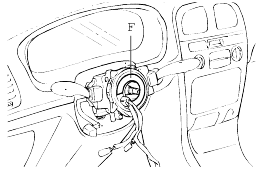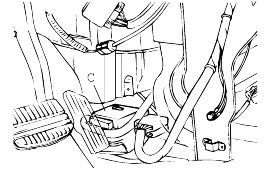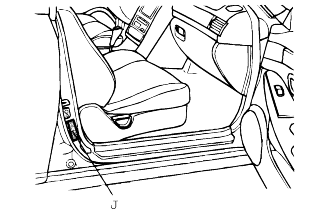Tool
(Number and name)
Illustration
Use
0957A-34100A
Deployment tool
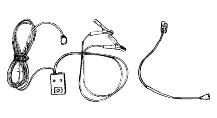
Airbag deployment tool
PAB, SAB : 0957A-38100
DAB, BPT : 0957A-38500
0957A-38000
Diagnosis checker
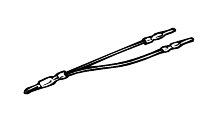
Wring harness checker for each module
0957A-38200
Dummy

Simulator to check the resistance of each wiring harness
Dummy adapter
PAB, SAB : 0957A-38300
DAB, BPT : 0957A-38400

